This week I was able to visit our field office in the provincial capital of rural Prey Veng province. Because of COVID-19, we hadn’t been out since Clivia and I delivered lockdown food relief packages back in April 2020. I’d heard that they had begun to fill in the waterfront there but this was my first time seeing it. Such a sad sight for me.
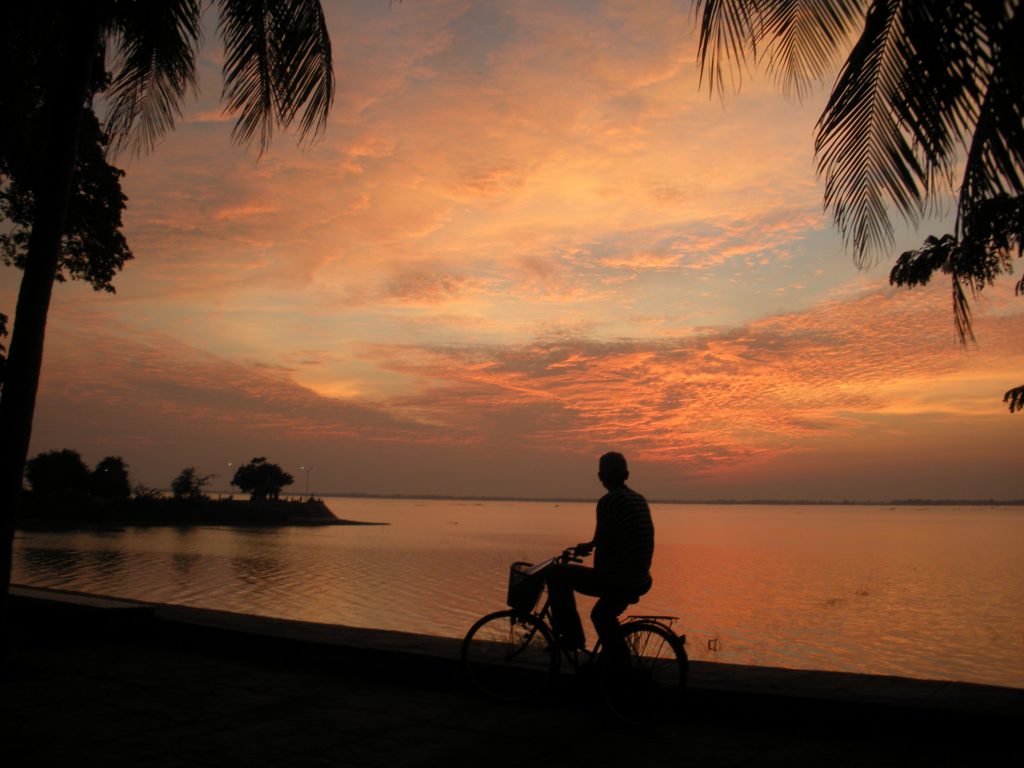
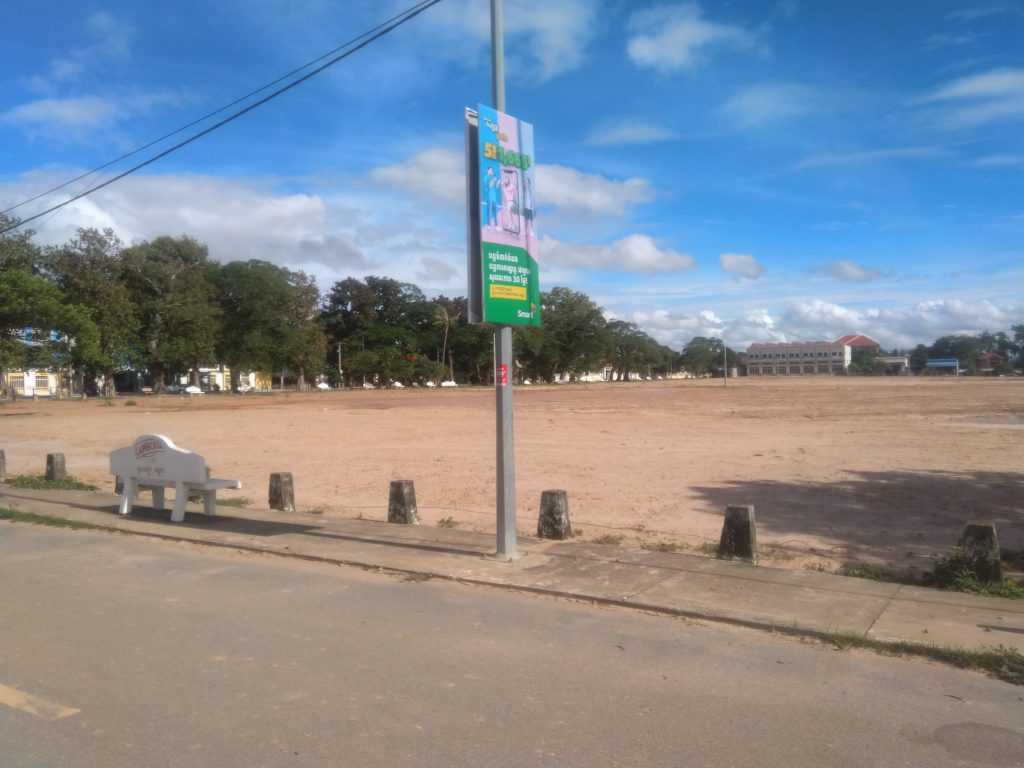
From 2006 to 2009, I was part of a small MCC team sent to re-establish a field office in Prey Veng town (as the provincial capital is called). In the beginning we were isolated in ways that are hard to imagine now that being online has become so ubiquitous here. In retrospect, we were living through the end of an era. By the time I left in 2009 the internet had become fully established in Prey Veng town with VOIP shops, cellular data, and smartphones. A few years later the bridge at Neak Loeung was built and, with no more ferry crossing, travel to Prey Veng eased dramatically.
When I first arrived in 2006, there was the initial ‘honeymoon’ period when enthusiasm and energy were high, but as weeks turned to months reality settled in. In the beginning, my limited Khmer made it impossible to carry on deep conversations and the local young people who were studying English were too shy to talk with me for long. Recurring food poisoning. Navigating culture shock. Learning new work. What might be best described as ‘cabin fever’ among the expatriate team. The latent trauma of recent genocide. It was difficult.
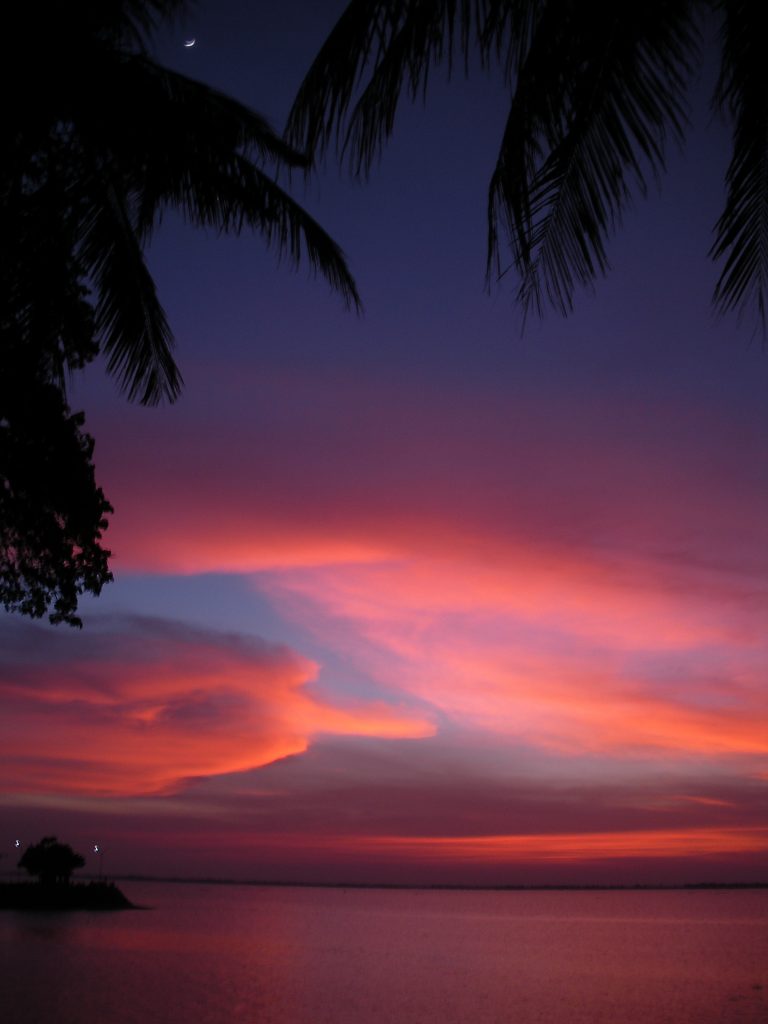
The Prey Veng town waterfront is a seasonal lake that was, at times, one of the most beautiful places that I’ve ever been. Sure, there was trash, cluttered buildings, and dilapidated infrastructure. But the breeze, the water, and the sunset could be magical. Watching a storm roll in at any point was magnificent. It was a balm to my soul when I was struggling. The longer I lived in Prey Veng town, the more I would bike to the waterfront for the sunset.
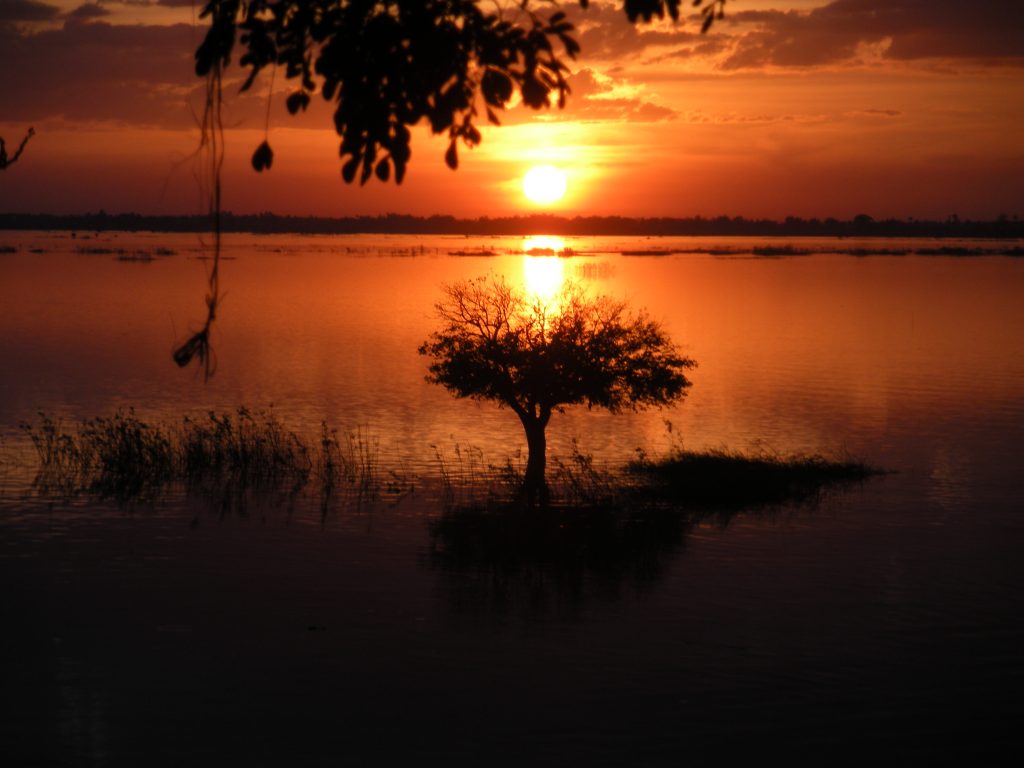
Shaded by old trees, it was the best place to drink a coconut during the heat of the day. Sitting there in the breeze we would have conversations that ranged from the mundane to deep to silly.
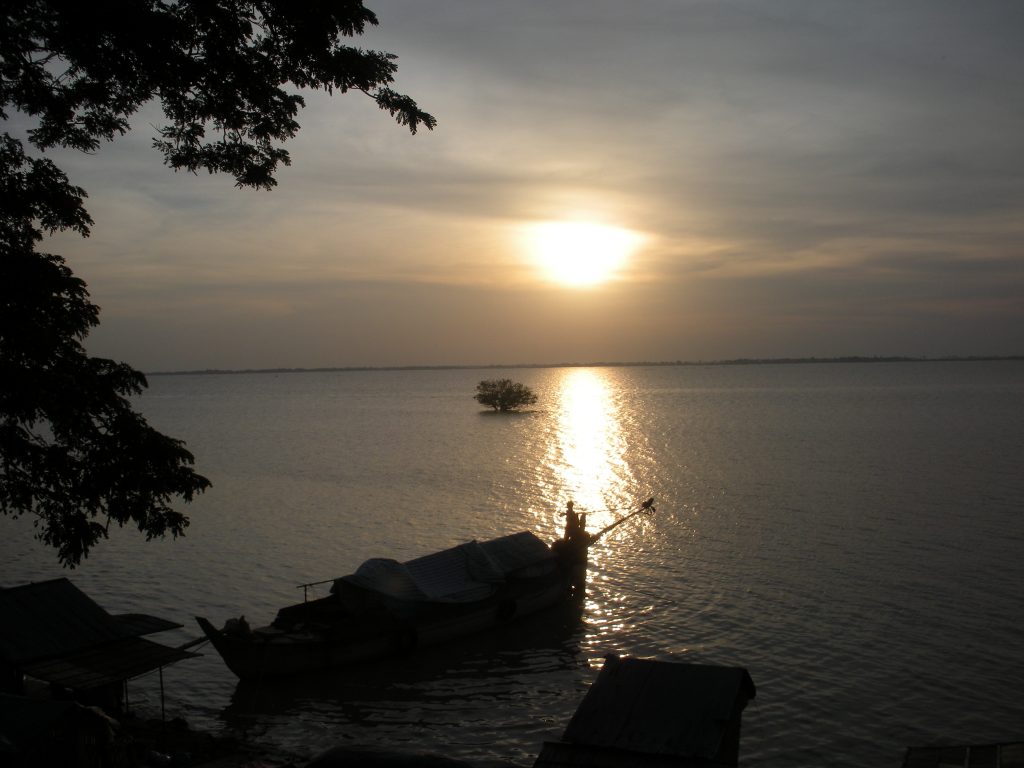
The waterfront was, by far, the most popular location in Prey Veng town. Dozens, if not hundreds, of students would gather almost every evening to chat, study, and goof around while watching the sunset.
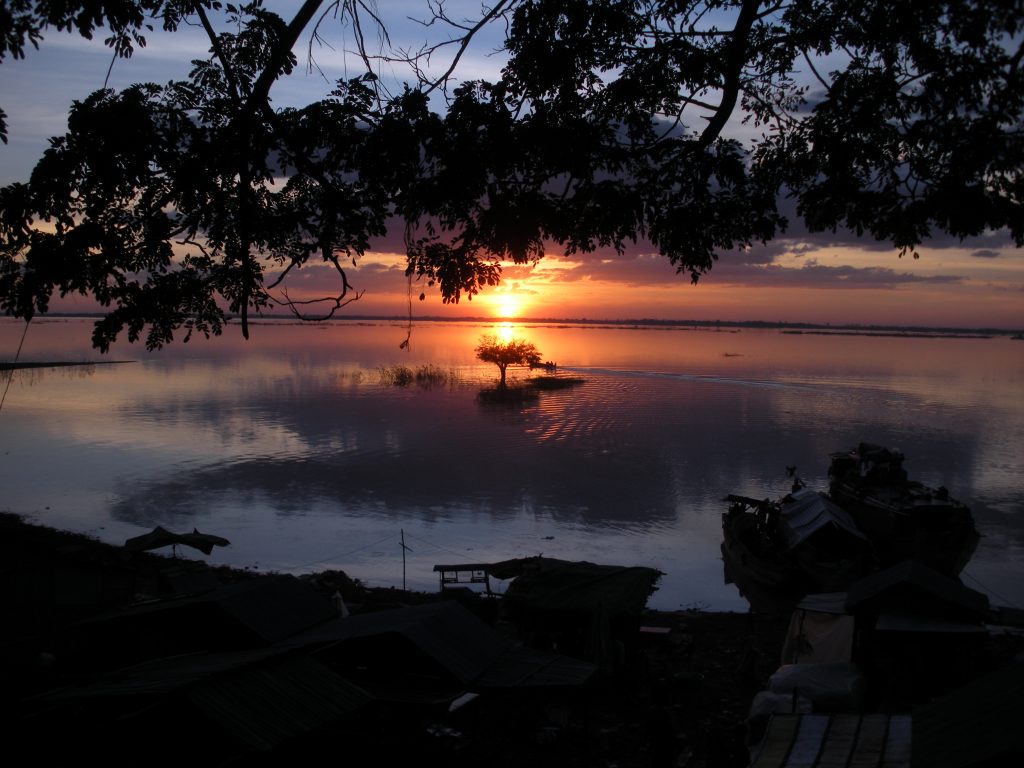
The waterfront was also a center for commerce and agriculture. During the rainy season, I’d take boats from the waterfront across the lake to visit irrigation sites or the primary school that was an island for half of the year. During the dry season, rice fields would replace the seasonal lake.
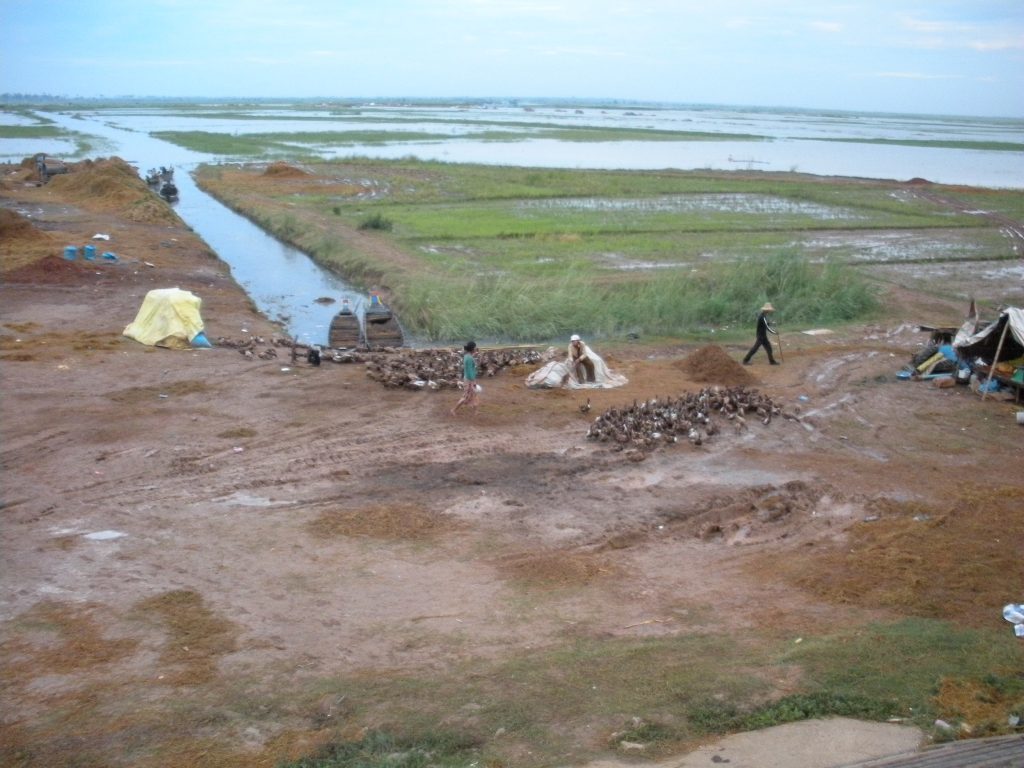
Between seasons, duck farmers would lead their flocks across the half submerged fields to collect grain that missed the harvest. There was always a supply of very fresh fish. Vendors lined up under the shade of the old trees.
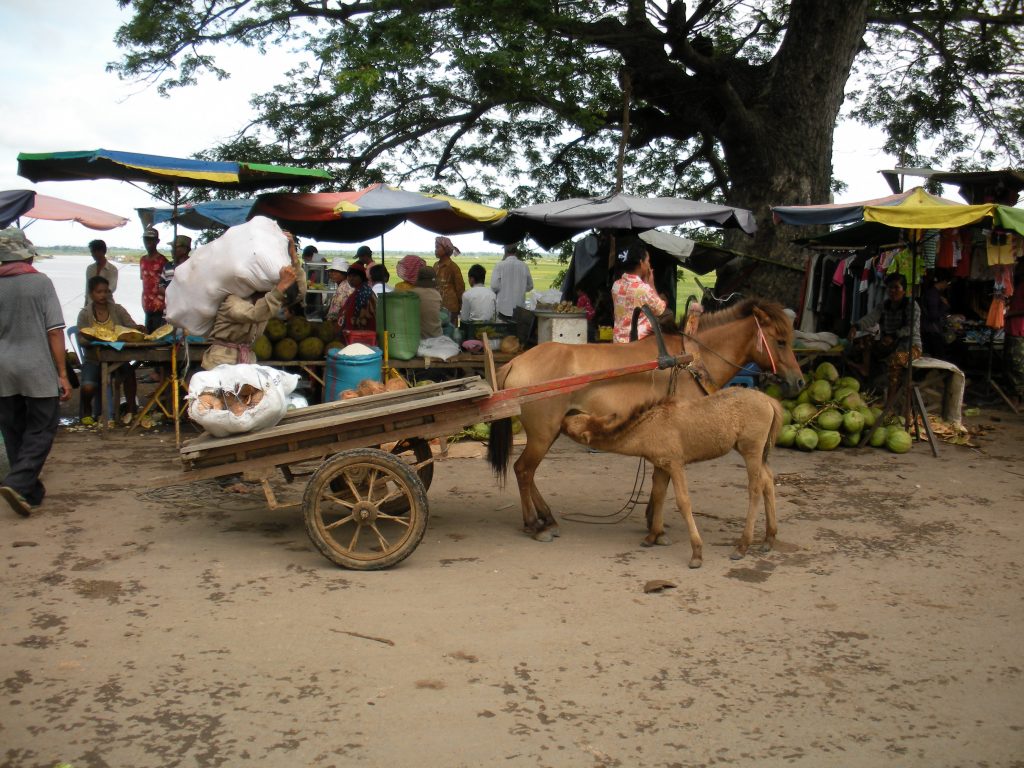
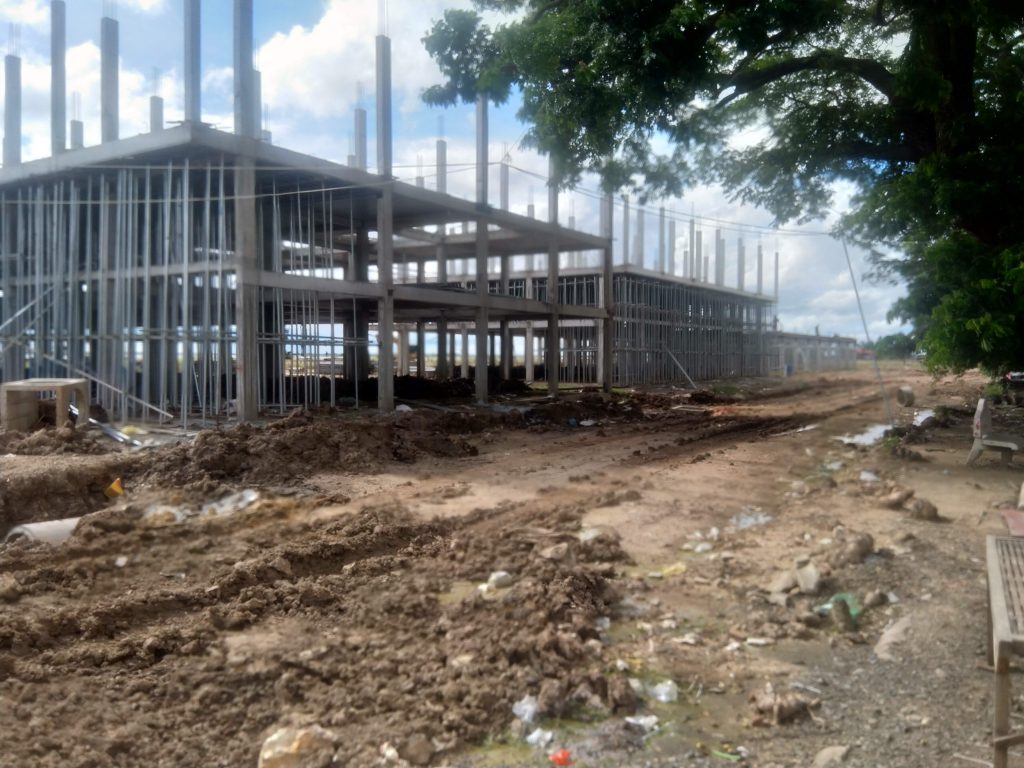
They cut down a few of the trees as part of filling in the waterfront but, thankfully, left most of them. One of the buildings is a new market but it’s not really clear what the other building are or who hired the construction firm that’s building them, for that matter.
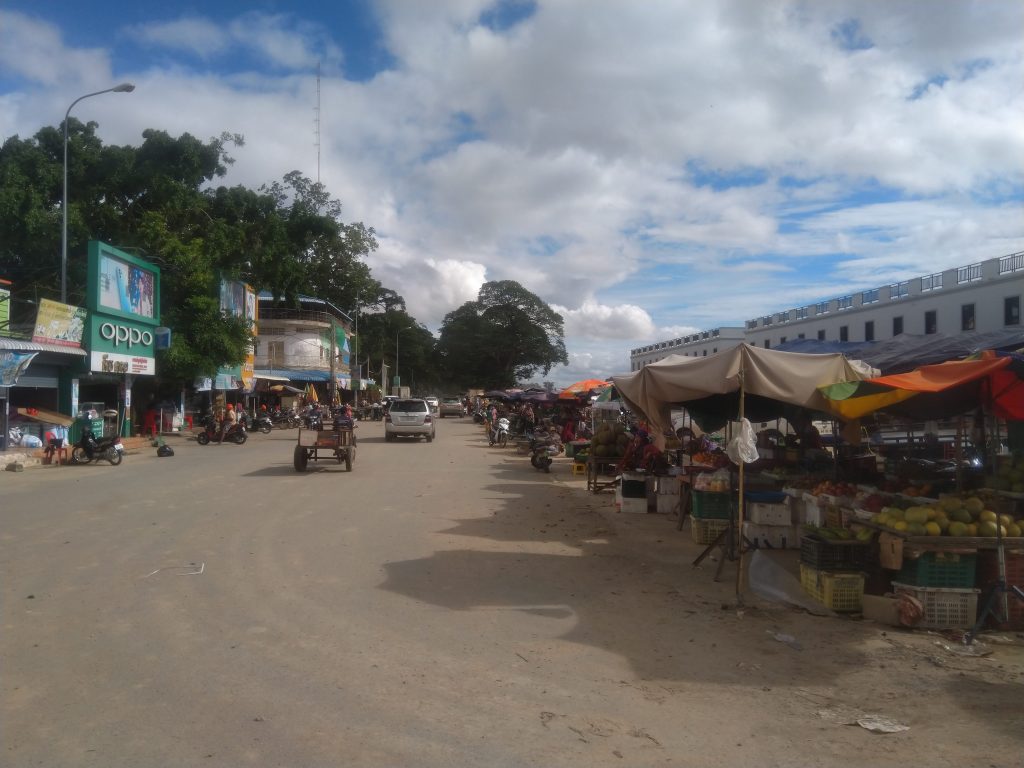
No one who I talked to knew exactly who had gotten the rights to the waterfront and decided to fill it in order to put up more buildings. I wasn’t going to stop by the Department of Planning to ask during COVID-19 but, for my own curiosity, I’ll keep on trying to find out. I’d also like to know where the colossal amount of fill is coming from.
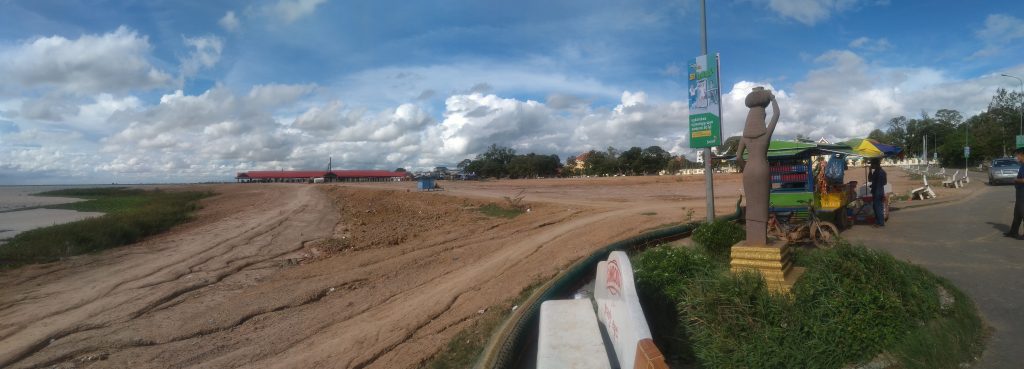
One can hope that whoever is filling in the waterfront plans to build a new promenade at the new water’s edge when they complete their project. If so, I hope that it brings just as much solace and joy as the old one. Saying goodbye to the old waterfront feels a bit like saying goodbye, again, to the life that I lived those three years in Prey Veng town. It was a very difficult but immensely rewarding and formative time.
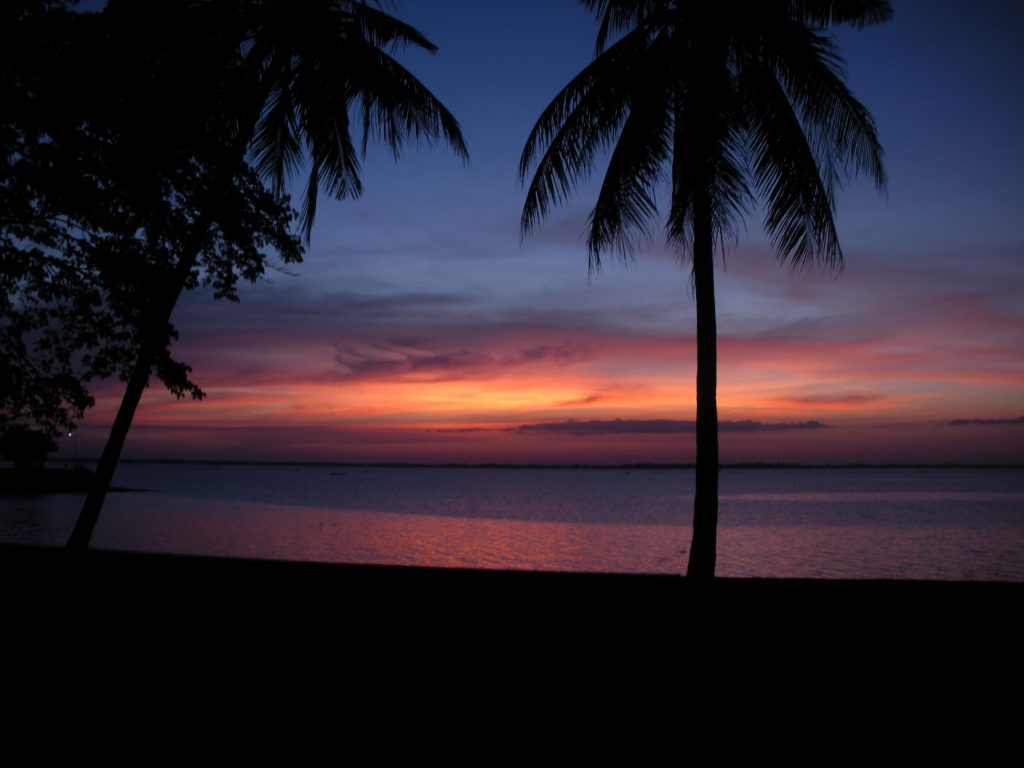
Edit: The new Prey Veng waterfront is now visible from space. Please see the Google Maps satellite view below. The dotted line roughly marks the old waterfront (it’s actually the boundaries of Prey Veng town but runs quite close enough to the old waterfront).
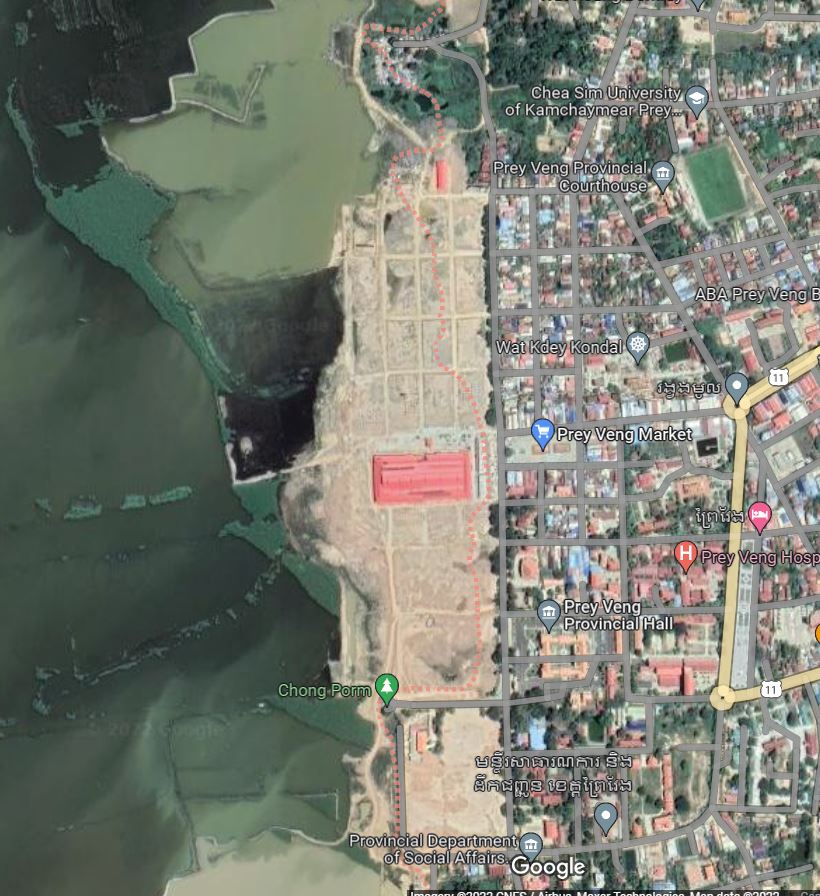
I’m sad, too! That waterfront was always where I wandered, too, when feeling lost and confused. I would imagine that I had restored the big pink house on the south end and could sit in the breeze every evening. Indeed, let’s hope there will be a new “sunset boulevard” as the Brits used to call it.
Have you asked Barb S your questions? She’s usually up on that kind of thing.
Hi Susie! It always good to hear from you. I love the idea of renovating that old house. There was a colonial era house further down, just beyond the official waterfront but still on the lakeside, that someone had renovated while I lived there. Yes, a new ‘sunset boulevard’ would make this a lot less melancholy for me.
Barb was the one who first told me they were filling it in but she didn’t know who was behind it then. We visited her on this trip, introducing the two service workers who are moving out in November, but while we talked a bit about the waterfront I forgot to ask if she’d heard more. It occurs to me that I should ask Mr. Loeung’s children who run Mittapheap now. They’re probably in the loop on everything considering all the big wigs who eat at their restaurant.
What beautiful pictures of a beautiful place.
Wow! The pictures are amazing; I can only imagine it’s even more beautiful in person.